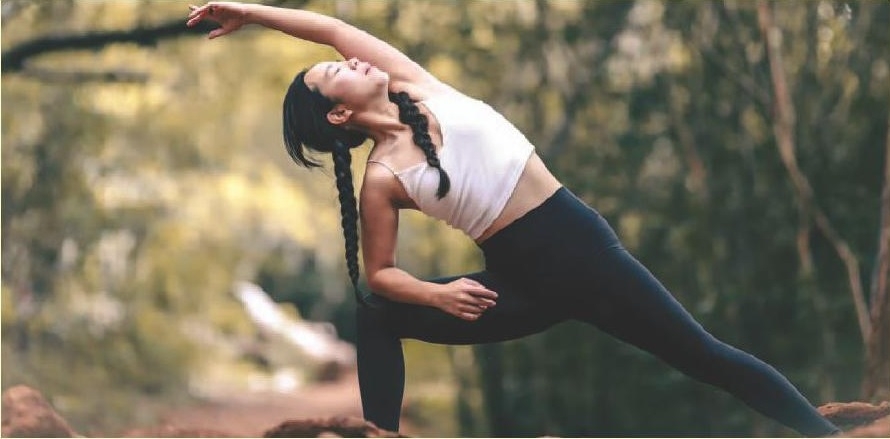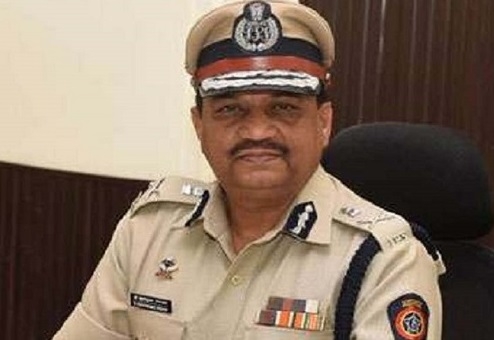Prana: The Vital Vibrating Energy
| Date :03-Dec-2023 |

By DR BHUSHAN KUMAR UPADHYAYA :
Prana is a core concept in
the Indian system. Yoga,
Ayurveda, Tantra and
philosophy talk very
exhaustively about Prana.
Prana is basically the life force, externally expressed as breath. In subtle
form Prana permeates everything,
both living and non- living. In this
phenomenal world, Prana is constantly moving and sustaining all
types of existence. This Prana is
called Chi in Chinese medicine and
Ki in the Japanese system. It is the
belief in the Indian system that the
proper flow of Prana ensures good
health and bliss to human beings.
The Vedas, Upanishads and Yoga
texts are full of the description of
Prana. They talk of five main PranasPrana, Apana, Udana, Vyana and
Samana. The movement of Prana is
inward and it rests in the upper part
of the body. Apana has outward
movement and resides in the lower
abdomen. Udana centres in
diaphragm and its movement is
upward. Vyana is pervasive in the
entire system. Samana is present in
the navel.Thisisthe earliest description of the gaseous system of the
human body.
It is described that there are seventy two thousand Nadis, different
energy channelsin the human body
through which different types of
Prana flow. Diseases occur if the
flow of Prana is disturbed. Hence
Yoga and Ayurveda prescribe different techniques, medicines and foods
to restore and vitalise Prana. In this
context it will be pertinent to throw
light on the concept of Chakras in
the Yoga and Tantra traditions. Out
of seventy two thousand Nadis,
three are prominent - Ida, Pingala
and Sushumna. The Ida channel of
energy startsfrom the leftside of the
base of the spine and reaches the
Sahasrara Chakra, the crown centre
after crisscrossing the Sushumna
and the Pingala. The Pingala is the
energy channel which starts from
the rightside of the base of the spine
and merges into the crown Chakra
after crisscrossing both the
Sushumna and the Ida. The
Sushumna originates from the middle of the spine and goes straight to
the crown Chakra. Chakras mean
wheelsindicative of different energy
centres in the body from down to
upward.
The first Chakra is
Muladhara at the base of the spine. It
is related to survival instincts.The
second Chakra is Swadhisthana based
near the reproductive organs. This
centre is associated with creativity,
sensuality and pleasure. The third
Chakra is Manipura based near the
navel. It symbolises power, esteem
and discipline. The fourth is the
Anahad centre near the heart. It is
related to love, empathy and compassion. The fifth one is Vishudhi
based near the throat. It relates to
purity of the mind. The Ajnaya
Chakra is the sixth one and divides
the physical from the psychic and
based between the eyebrows. The
last Chakra is the Sahasrara centred
in the crown of the head. This
Chakra system largely corresponds
to the different glandular systems of
human physiology. Yoga aims to
move our consciousness from the
lower Chakrasto the upper ones.The
consciousness moves upward in the
form of Prana. As Prana moves
upward, the evolutionary process
gets faster. All types of meditational
techniques aim to raise the Pranic
energy to the upper energy centres.
When human consciousness moves
upward, universal vision appears
and the entire world becomes one
family and one starts seeing oneself
in all and all in oneself.

(The writer is DG Police & CG,
Homeguards, Maharashtra)
■